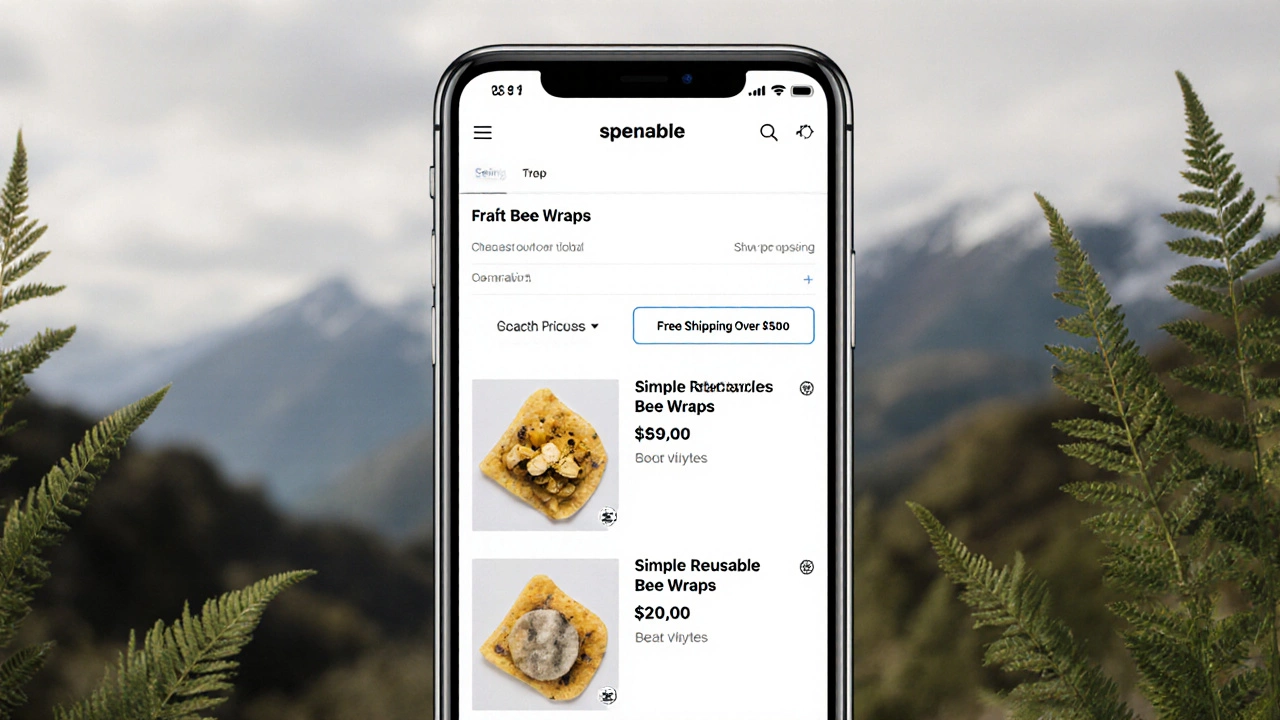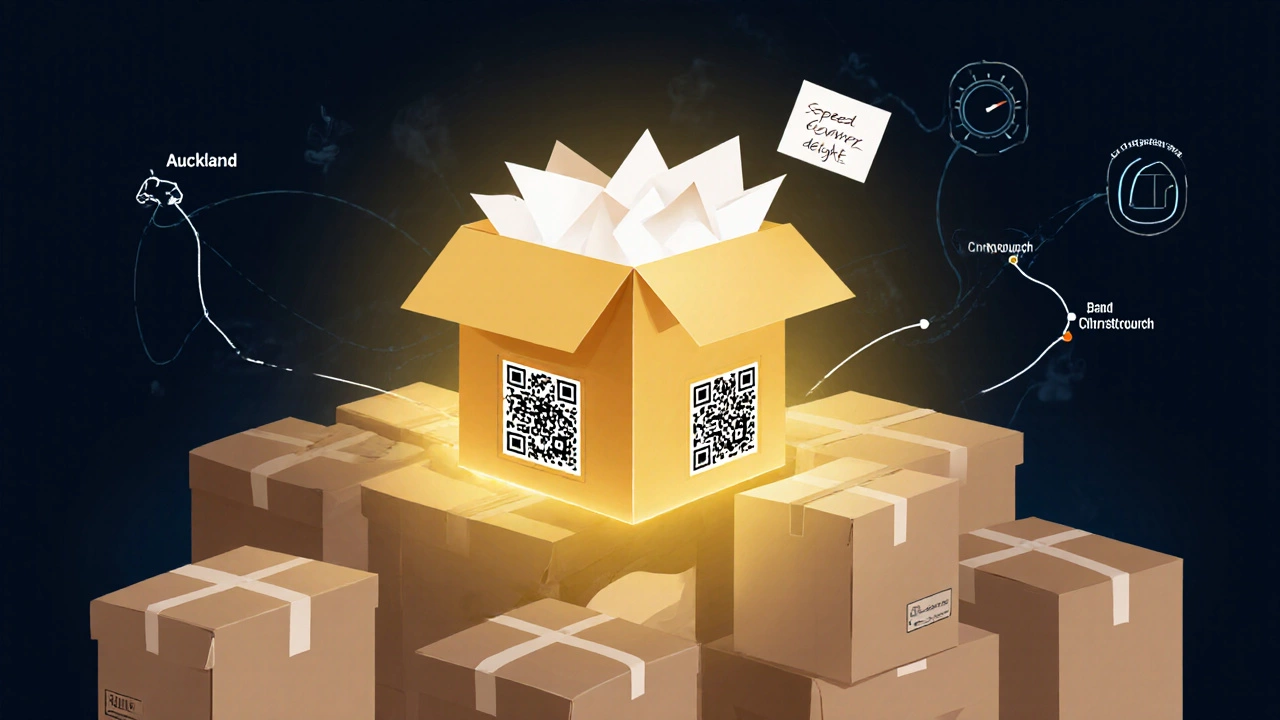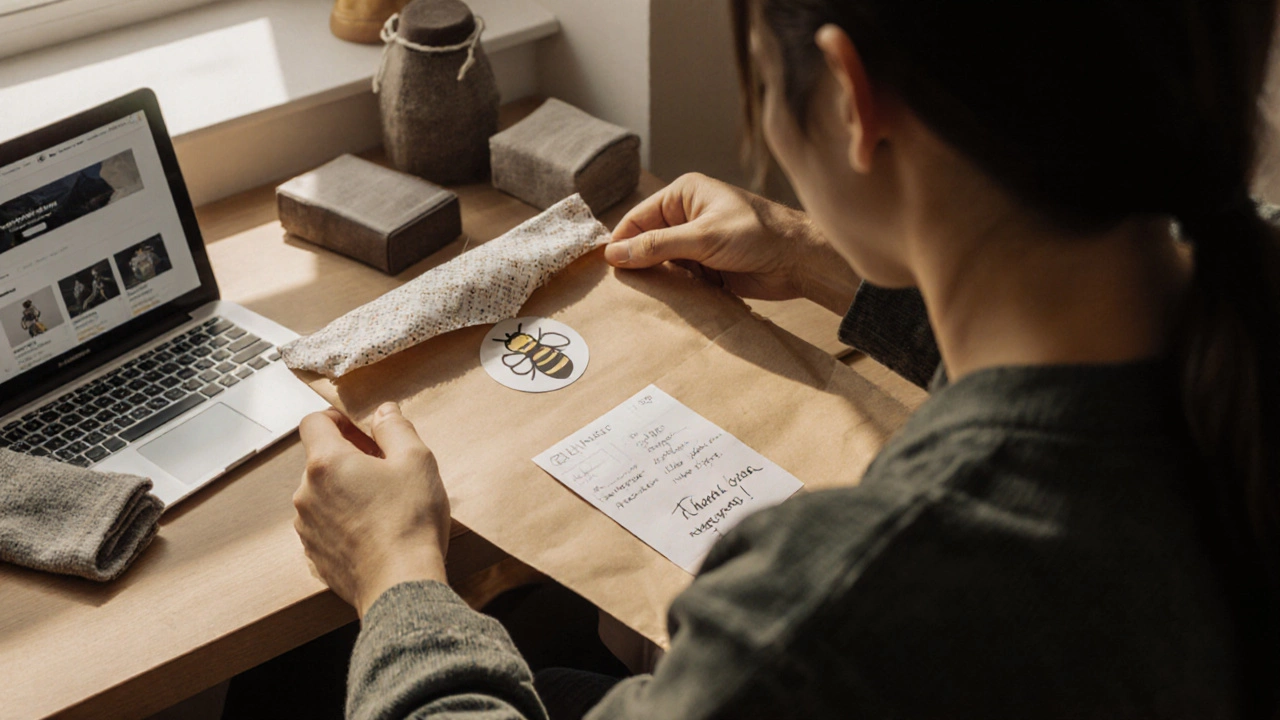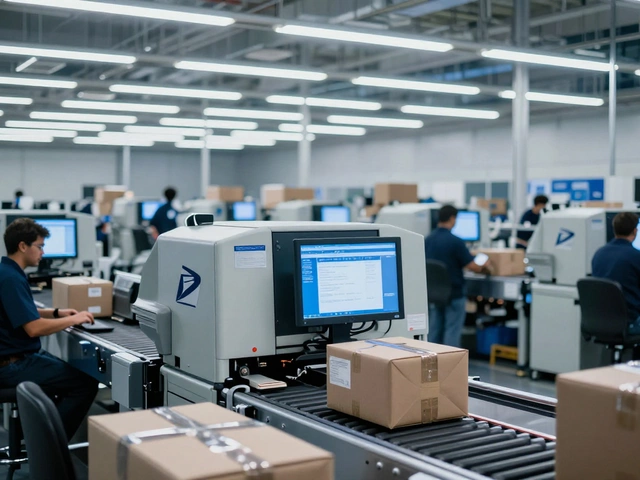NZ E-Commerce Shipping Cost Calculator
Calculate Your Real Shipping Cost
Get accurate shipping estimates including packaging, labor, and handling costs. Avoid losing customers with surprise charges!
Your Estimated Costs
Total Cost: $0.00
Base shipping + packaging + labor
Starting an e-commerce business isn’t about buying a domain, uploading product photos, and hoping for sales. It’s about building a system that delivers value, reliably and consistently. Most people fail not because they don’t have a good product, but because they skip the groundwork-especially when it comes to logistics. If you’re wondering how to start e-commerce without getting buried under returns, late deliveries, or customer complaints, this guide walks you through exactly what you need to do-step by step.
Define Your Product and Market
You can’t sell everything to everyone. The most successful e-commerce stores start narrow. Ask yourself: Who exactly needs this product? Why now? What problem does it solve that Amazon or local stores don’t? Don’t pick something just because it’s trending. Look for gaps. For example, a small business in Wellington started selling reusable bee wraps made from organic cotton. They didn’t compete with plastic wrap-they offered a sustainable alternative for eco-conscious households. Their niche? Parents in Auckland and Christchurch looking to reduce kitchen waste.
Validate your idea before spending a cent. Use free tools like Google Trends to see if searches for your product are rising. Check Reddit threads, Facebook groups, or even Amazon reviews for complaints about existing products. If people are saying, “I wish someone made this lighter” or “This breaks too easily,” you’ve found your opening.
Choose a Simple, Scalable Platform
You don’t need a custom-built website. Platforms like Shopify, WooCommerce, or BigCommerce handle payments, security, and mobile responsiveness for you. Shopify is the easiest for beginners. It costs $29/month, includes a free SSL certificate, and connects to major shipping carriers right out of the box. WooCommerce is free but requires WordPress hosting and more technical setup. If you’re not tech-savvy, Shopify wins.
Don’t get distracted by flashy themes. Pick a clean, fast-loading template. Your homepage should show three things: what you sell, why it’s better, and how to buy it-all in under five seconds. No pop-ups. No auto-playing videos. Just clarity.
Source Your Products the Right Way
There are three ways to get products: make them yourself, buy in bulk, or use dropshipping. Each has trade-offs.
- Make it yourself: Best for unique, handmade, or custom items. You control quality and margins, but it’s time-intensive. Good for artisans, jewelry makers, or small-batch food producers.
- Buy in bulk: You order inventory upfront. Higher profit per sale, but you’re stuck with unsold stock. Use Alibaba or local wholesalers. Start small-order 50 units, not 5,000.
- Dropshipping: A supplier ships directly to your customer. No inventory risk, but margins are thin (often 10-15%). You’re also at the mercy of their shipping speed and packaging quality. If you choose this route, test suppliers first. Order a sample. Check how long it takes to arrive and if the packaging looks professional.
In New Zealand, many new sellers start with local suppliers like Trade Me or NZ-based manufacturers to avoid long international shipping delays. It builds trust faster.

Set Up Realistic Shipping and Returns
This is where most new e-commerce stores collapse. You can have the best product in the world, but if your shipping costs surprise customers at checkout-or if returns take three weeks-you’ll lose them.
Here’s how to get it right:
- Calculate your true shipping cost: Don’t just pick the cheapest courier. Add packaging, labor, and handling. For example, shipping a 500g item from Auckland to Wellington with NZ Post costs $5.80, but if you spend $1.50 on mailers and 10 minutes packing, your real cost is closer to $8. Factor that in.
- Offer free shipping strategically: Don’t just say “Free shipping!” Set a minimum order-like $50. This increases average cart value. Most successful stores see a 20-30% boost in sales when they do this.
- Use integrated carriers: Connect Shopify or WooCommerce to NZ Post, Aramex, or DHL Express. These integrations print labels automatically, track packages, and send updates to customers. No manual entry. No errors.
- Be clear about delivery times: “3-5 business days” is better than “Ships in 1-2 days.” Underpromise, overdeliver. If you say 2 days and it takes 4, customers are angry. If you say 5 and it arrives in 3, they’re delighted.
- Have a simple returns policy: “30-day no-questions-asked returns” builds trust. But make it easy. Offer a prepaid return label. Don’t make customers pay to send back a defective item.
Build Trust Before You Sell
No one buys from a store with no reviews, no contact info, and no social proof. Even if you’re just starting, you can fake it till you make it-ethically.
- Ask friends or family to leave honest reviews after their first purchase. Offer a 10% discount for their next order in exchange for a review.
- Add a real photo of yourself and a short bio. People buy from people, not logos.
- Display trust badges: SSL secure checkout, accepted payment methods (Visa, Mastercard, PayPal), and a physical address-even if it’s just a PO Box.
- Use Instagram or Facebook to show behind-the-scenes content: packing orders, your workspace, customer unboxings. This builds connection.

Launch, Learn, and Optimize
Don’t wait for everything to be perfect. Launch with 5-10 products. Run a $5/day Facebook ad targeting people in your region who like similar brands. Track what converts. Which product gets the most clicks? Which ad copy gets the most shares? Use that data to double down.
After your first 10 sales, ask customers: “What made you buy?” Most will say, “I trusted you,” “Shipping was fast,” or “It looked better than the competition.” Those are your gold nuggets. Use them in your next ad or product description.
Tools like Google Analytics and Shopify’s built-in reports show you where traffic comes from, what devices people use, and where they drop off. If half your visitors leave on the checkout page, you probably have hidden fees or a complicated form. Fix that first.
Logistics Is Your Secret Advantage
The biggest mistake new sellers make? Treating shipping as an afterthought. The truth? Logistics is your competitive edge.
Imagine two stores selling the same handmade candles. One ships in a plain box with a sticky label. The other uses branded tissue paper, a handwritten thank-you note, and a free sample of their next scent. The second store gets repeat customers and Instagram tags. Why? Because the unboxing experience turns buyers into fans.
Start small: use recyclable mailers. Add a sticker with your logo. Include a QR code that links to a video showing how to use the product. These tiny touches cost pennies but make you unforgettable.
As you grow, consider warehousing. If you’re selling more than 50 orders a month, storing inventory in a local fulfillment center (like ShipBob or a Kiwi-based warehouse) cuts delivery times and reduces shipping costs. You’ll also qualify for better carrier rates.
What to Avoid
- Don’t use dropshipping suppliers from China with 30-day delivery times. New Zealand customers expect fast service. If your product takes 21 days to arrive, they’ll cancel before it even ships.
- Don’t ignore taxes. If you’re selling to customers in Australia or the UK, you may need to register for GST or VAT. Check with Inland Revenue or your local tax authority.
- Don’t copy product photos from AliExpress. Use your own images. Even a photo taken on a phone with good lighting looks more authentic.
- Don’t try to be everything to everyone. Focus on one product category. Once you master that, expand.
Starting e-commerce isn’t about getting rich quick. It’s about building something sustainable. The first 10 sales are the hardest. The next 100? Much easier-once you’ve got the system right. And the system starts with logistics: how you package, ship, and deliver. Get that right, and everything else follows.
Do I need a business license to start e-commerce in New Zealand?
You don’t need a formal business license to sell online in New Zealand if you’re operating as a sole trader and earning under $60,000 a year. But you must register for GST if your annual turnover hits $60,000 or more. You also need an IRD number. Even if you’re below the threshold, it’s smart to set up a separate business bank account. It makes tracking expenses and taxes easier.
How much does it cost to start an e-commerce store?
You can start for under $100. Shopify costs $29/month. A domain name is about $15/year. You’ll need product photos (use your phone), basic packaging ($20 for 100 mailers), and maybe a $10 barcode scanner. If you’re dropshipping, you might spend $50 on sample orders. Total? Around $100-$150 to get live. Add $50-$100 for ads to get your first sales.
Can I start e-commerce without inventory?
Yes, through dropshipping. But it’s risky. You’re dependent on suppliers for quality and speed. Many dropshippers fail because customers expect fast delivery and get frustrated when packages take 3-4 weeks. If you choose this route, pick suppliers with warehouses in Australia or Asia (not China) to keep delivery times under 10 days. Test them thoroughly before going live.
What’s the most common mistake new e-commerce sellers make?
They focus on marketing before fixing logistics. You can run the best Facebook ad in the world, but if your packaging falls apart, your shipping takes forever, or your returns process is a nightmare, customers won’t come back. Fix delivery, packaging, and customer service first. Then scale.
How long does it take to make your first sale?
It can take as little as 48 hours-or as long as six months. It depends on your product, how well you target your audience, and how much you invest in testing. One seller in Dunedin made her first sale three days after launching because she posted in three local Facebook groups and offered a 20% discount for the first 10 buyers. Others spend weeks tweaking their site and never get traction. The key? Launch fast, learn fast, adjust faster.
If you’re serious about starting an e-commerce store, don’t wait for the perfect product or the perfect website. Start with one item. Ship it well. Ask for feedback. Improve. Repeat. That’s how real businesses are built-not with big budgets, but with consistent, thoughtful action.





